Multigenerational Collaboration: Rethinking Work, Learning and Inclusion in the Digital Age
Centre for Socio-Eco-Nomic Development
Session 422
Digital Innovation for Inclusive Workplace
Creating meaningful multigenerational partnerships remains a complex challenge. As explored in the recent special issue of Public Administration and Policy on “Ageing, Productivity and Socio-Economic Development: Policy Options,” institutional readiness, policy coherence, and cultural openness are required to realize the full potential of age-inclusive collaboration.
This proposed WSIS Special Initiative and Special Track seeks to convene diverse stakeholders to examine how digital technology can facilitate and sustain multi-generational partnerships that contribute to a sustainable future for all. Key questions to be explored include:
-What ICT infrastructure is necessary to foster an enabling environment for productive intergenerational collaboration?
-How can such partnerships be brokered, supported, and sustained?
-What policies are needed to advance digital literacy and workplace innovation across all age groups?
Context and Rationale
According to the UN Population Division (DESA), by 2050, the number of people aged 60 and above is projected to increase by 50% in developed countries and to triple in developing ones. Global life expectancy is expected to reach 75 years. While increased longevity is a significant societal achievement, it also pressures pension systems and raises concerns over older individuals’ continued social engagement and meaningful participation. Many older adults experience loneliness and social disconnection, notably when institutional pathways for reintegration are lacking.
Simultaneously, environmental, technological, and economic disruptions are deepening generational divides. Youth face significant employment and personal development barriers, particularly in underserved areas where access to quality education and economic opportunity is limited. Digital technology, when applied with foresight, can serve as a powerful bridge. By connecting young people with the lived experience and tacit knowledge of older generations, new models of intergenerational mentoring and collaboration become possible, even across geographic and socio-economic boundaries. Today’s youth are experiencing disproportional psychological stress, and a trusted relationship with supportive and understanding people would mitigate the multiple sources of stressors in a hyper-digitalised society.
Enabling Multigenerational Workforce Integration Through Digital Technology
The World Bank identifies major megatrends—automation, climate change, and digitalisation—as likely to impact over 1.1 billion jobs in the coming decade. Approximately 450 million youth (around 70% of the global youth population) are economically disengaged due to skills mismatches. Meanwhile, up to 60% of firms in some regions cite workforce skills as a key constraint to productivity.[1]
Older adults possess extensive experiential knowledge that, while challenging to codify digitally, holds significant value when shared directly with younger colleagues through coaching, mentoring, and team collaboration. Enabling such knowledge exchange through ICT will require both social innovation and the development of new institutional models, e.g., ISO 25550:2022[2]. Particularly for youth entering highly automated or unfamiliar work environments, intergenerational support can provide orientation, cultural continuity, and a stronger sense of belonging.
Thus, a well-designed multigenerational workforce strategy can:
Bridge skills gaps by leveraging complementary strengths across generations (e.g., technical expertise, socio-emotional maturity, problem-solving);
Enhance adaptability and resilience through the stabilising influence of older workers and the digital agility of younger ones;
Support lifelong learning by enabling continuous, age-appropriate skill development across all stages of work life.
[1] World Bank, Tertiary Education and Skills: Multi doner Trust Fund. Accessed at https://www.worldbank.org/en/programs/tes?utm_source=chatgpt.com
[2] ISO 25550:2022 - Ageing societies — General requirements and guidelines for an age-inclusive workforce, accessed at https://www.iso.org/standard/76420.html
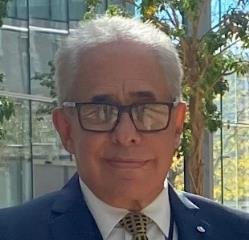
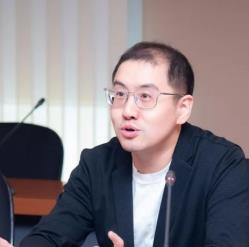




-
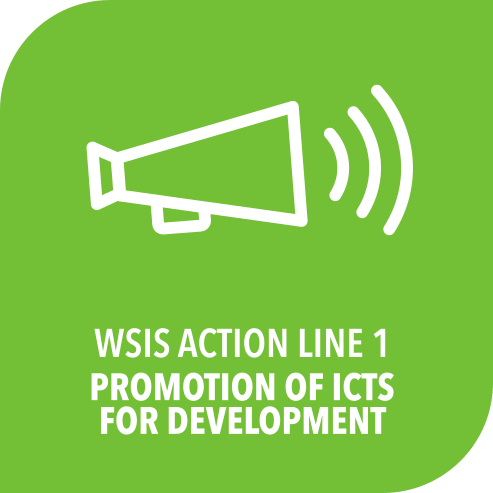 C1. The role of governments and all stakeholders in the promotion of ICTs for development
C1. The role of governments and all stakeholders in the promotion of ICTs for development
-
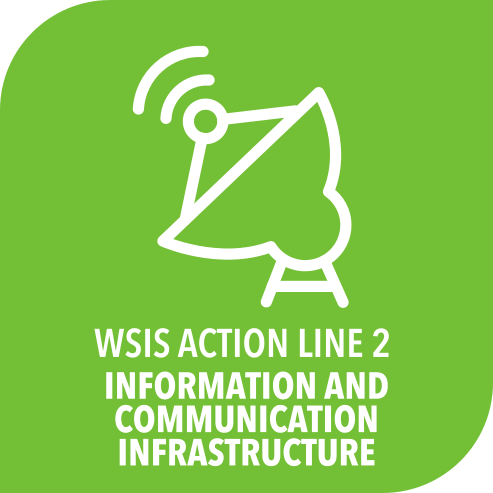 C2. Information and communication infrastructure
C2. Information and communication infrastructure
-
 C3. Access to information and knowledge
C3. Access to information and knowledge
-
 C4. Capacity building
C4. Capacity building
-
 C5. Building confidence and security in use of ICTs
C5. Building confidence and security in use of ICTs
-
 C6. Enabling environment
C6. Enabling environment
In ageing societies, the reintegration of older adults into the labour market is not only an economic necessity but also a social opportunity. As life expectancy increases and retirement ages become more flexible in many countries, many third-age individuals seek to continue contributing through work for necessity or a sense of purpose. However, barriers such as tax regimes, policy restrictions, technological gaps, outdated skills, and workplace biases hinder their participation.
-
 Goal 3: Ensure healthy lives and promote well-being for all
Goal 3: Ensure healthy lives and promote well-being for all
-
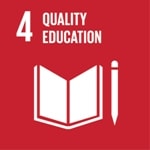 Goal 4: Ensure inclusive and equitable quality education and promote lifelong learning opportunities for all
Goal 4: Ensure inclusive and equitable quality education and promote lifelong learning opportunities for all
-
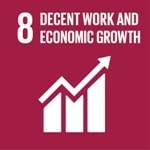 Goal 8: Promote inclusive and sustainable economic growth, employment and decent work for all
Goal 8: Promote inclusive and sustainable economic growth, employment and decent work for all
-
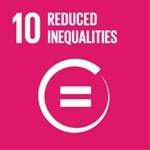 Goal 10: Reduce inequality within and among countries
Goal 10: Reduce inequality within and among countries
-
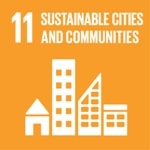 Goal 11: Make cities inclusive, safe, resilient and sustainable
Goal 11: Make cities inclusive, safe, resilient and sustainable
Our session will support the following SDGs and make a major contribution to the SDG 3, Health and wellbeing for all by promoting active practice of health and active ageing. Additional SDG Goals are:
SDG 4: Quality Education
Target 4.3 – Ensure equal access for all women and men to affordable and quality technical, vocational, and tertiary education, including university.
Target 4.7 – Ensure all learners acquire knowledge and skills needed to promote sustainable development, including through education for sustainable lifestyles and global citizenship.
SDG 8: Decent Work and Economic Growth
Target 8.2 – Achieve higher levels of economic productivity through diversification, technological upgrading, and innovation, including through a focus on high-value-added and labor-intensive sectors.
Target 8.5 – Achieve full and productive employment and decent work for all women and men, including for young people and persons with disabilities, and equal pay for work of equal value.
Target 8.6 – Substantially reduce the proportion of youth not in employment, education, or training.
Target 8.9 – Promote sustainable tourism that creates jobs and promotes local culture and products.
SDG 10: Reduced Inequalities
Target 10.2 – Empower and promote the social, economic, and political inclusion of all, irrespective of age, sex, disability, race, ethnicity, origin, religion, or economic or other status.
Target 10.3 – Ensure equal opportunities and reduce inequalities of outcome, including by eliminating discriminatory laws, policies, and practices.
SDG 11: Sustainable Cities and Communities
Target 11.7 – Provide universal access to safe, inclusive, accessible, green, and public spaces, particularly for women, children, older persons, and persons with disabilities.
www.csend.org, www.wfpha.org, https://greycells.ch/, https://ageingcommitteegeneva.org/